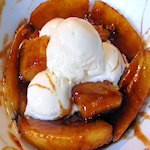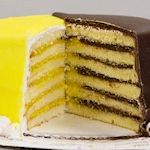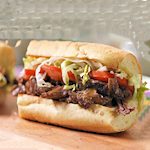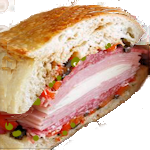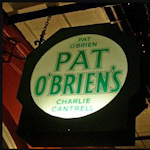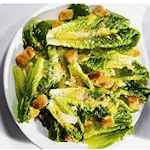
The Caesar salad, or Caesar's salad, is a popular dish that was created in the early 20th century. The Caesar salad is credited to Caesar Cardini, an Italian-American restaurateur. The widely accepted creation date is July 4, 1924, at Cardini’s restaurant in Tijuana, Mexico.
The Story
Caesar Cardini operated restaurants in both the United States and Mexico. On a particularly busy Fourth of July weekend in 1924, Cardini’s restaurant in Tijuana was running low on ingredients due to an unexpected rush of customers.
To manage with the limited ingredients, Cardini improvised a salad using what was available. The original salad consisted of romaine lettuce, garlic, croutons, Parmesan cheese, boiled eggs, olive oil, and Worcestershire sauce, all tossed at the table to add a touch of flair.
The traditional Caesar salad includes:
Whole Romaine Leaves: Instead of chopping the romaine lettuce, the leaves were left whole, and only the crisp inner leaves were used. This was both for visual appeal and texture.
Garlic and Olive Oil: The bowl was rubbed with garlic to impart a subtle garlic flavor, and then olive oil was added.
Coddled Egg: A coddled egg (an egg boiled for just about one minute) was added to the bowl, providing a rich, creamy texture.
Lemon Juice and Worcestershire Sauce: Fresh lemon juice and Worcestershire sauce were added for acidity and depth of flavor.
Parmesan Cheese: Freshly grated Parmesan cheese was sprinkled over the salad.
Croutons: Homemade croutons, typically made from day-old bread, were added for crunch.
Tossing: The ingredients were then tossed together gently by hand to ensure that each leaf was well-coated with the dressing.
Classic Preparation and Consumption
Table-side Preparation: The salad was prepared and assembled directly at the table in front of the guests, which added an element of theater and exclusivity to the dining experience.
Eating the Salad: Since the romaine leaves were left whole, diners would pick up a leaf, often using their fingers, and enjoy it in its entirety. Eating the salad in this manner allowed diners to experience the distinct flavors and textures of each ingredient with every bite.
Additions and Variations
Anchovies: Though not in the original recipe, anchovies have become a common addition in modern recipes. Some say that the Worcestershire sauce in the original version provided enough of the umami flavor typically associated with anchovies.
Chicken Caesar: Adding grilled chicken breast is a popular variation.
Other Proteins: Shrimp, salmon, and steak are also common additions.
The salad quickly became popular in the United States, especially in California, due to Tijuana’s proximity to the state. Many Hollywood celebrities visited Cardini’s restaurant and helped popularize the salad back in the U.S.
Today, the Caesar salad is known worldwide and is a staple on many restaurant menus.
Controversies and Myths
Aviator Salad: There is a claim that Caesar's brother, Alex Cardini, originally created the dish and called it the "Aviator's Salad," in honor of aviators from Rockwell Field Air Base in San Diego.
Authenticity: Various stories and recipes exist regarding the "authentic" Caesar salad. The debate often centers around whether anchovies were part of the original recipe and the exact method of preparation.
Legacy
Caesar Cardini’s Daughter: Rosa Cardini, Caesar’s daughter, played a significant role in maintaining and promoting the legacy of the Caesar salad. She helped market bottled versions of the dressing.
Culinary Impact
The Caesar salad has inspired many variations and remains one of the most beloved salads in the culinary world. It stands out for its bold flavors and simple, yet sophisticated, presentation.

